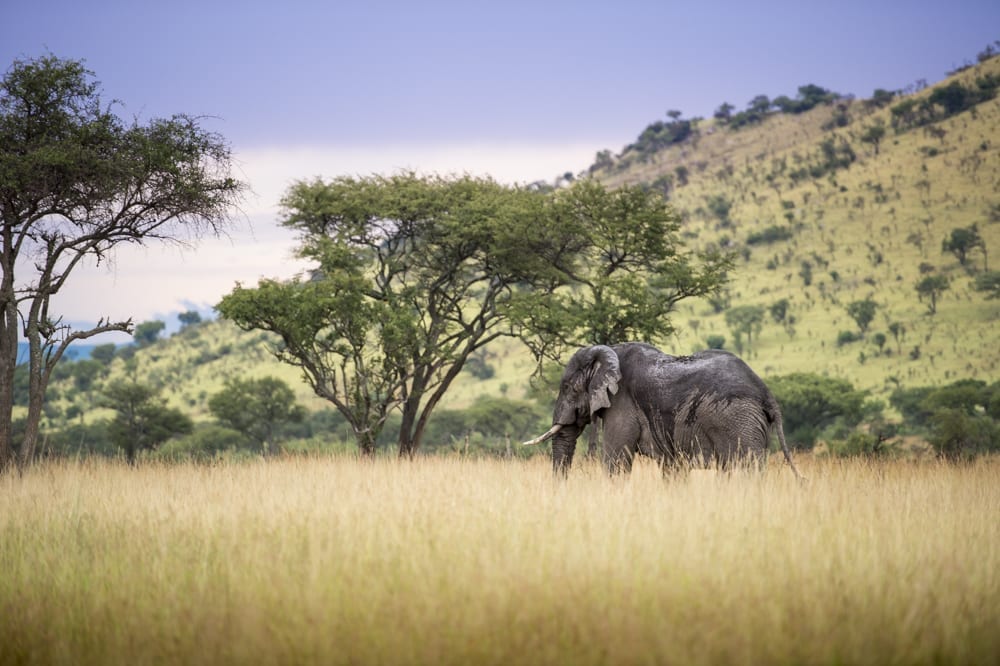Protecting Wildlife and Human Lives in the Western Corridor of the Serengeti
A 30 km long (soon to be 60 + km) fence stands along the northern border of the Grumeti concessions. This fence is the first of its kind in Tanzania and forms part of a bigger commitment of the Grumeti Fund and the Tanzanian Government to safeguard the black rhino breeding nucleus that was relocated to the Serengeti ecosystem last year. Though we have a great track record of anti-poaching success in this area, the conflict between people and wildlife remains a huge challenge in western Serengeti. Multiple solutions have been tried, but never before, a physical barrier of this nature. Because black rhino extinction is a real threat, we chose to spare no cost, and leave no option unexplored when it came to measures for potential rhino-human conflict mitigation. Though meant for rhino, the fence is useful in curbing human-elephant conflict as well.

Sabi and his family live less than 25 meters from the protected area. He is currently working with the Grumeti Fund on the construction of the electric fence to protect him and his neighbours from wildlife conflict. He described the transformation he and his family have experienced in the short time the fence has been up. Their fields have been left to grow without elephant disturbance and they are able to sleep better at night. While there is still a lot of research and data analysis to be done (and a lot of fence to be constructed) before confirming the fence’s effectiveness, Sabi’s remarks give us hope and encourage us to continue exploring this option.

We want to use the opportunity this project presents to try and find a permanent solution for curbing human-wildlife conflict altogether. So many wildlife and human livelihoods stand to be saved with if this approach works, but a lot more research needs to be done. Given the scope and complexity of this undertaking, the importance of applied research to derive evidence-based solutions has never been more paramount than it is today.

The Grumeti Fund’s new applied research program and facility, RISE (Research and Innovation for the Serengeti Ecosystem), will be indispensable in assessing the impact of this approach. In close collaboration with TAWIRI, researchers working with RISE will continue to keep a record of human-wildlife conflict across the protected areas and compare data of areas, with and without a fence, in hopes that we have indeed found a solution that works for this landscape. The data collected, will not only help us better understand the context and dynamics of human-wildlife conflict in the western corridor of the Serengeti but also evaluate electric fences as a viable conservation management solution that can influence policy change across the country.

RISE promises a future where research can yield tangible solutions to benefit the people and wildlife of the Serengeti ecosystem and beyond. Due to its unique location -between the protected area and local communities- within the Singita Grumeti concessions, RISE is the ideal place for investigating, developing, and evaluating innovative solutions to a pressing conservation issue such as human-wildlife conflict.
If you would like to support RISE and contribute to mitigating human-wildlife conflict, you can donate to the Grumeti Fund here: https://grumetiproduc.wpengine.com/donate/




